Put Your Best Face Forward
In a world that often judges in milliseconds, how we present ourselves matters more than ever. At Chadify, we believe self-investment isn’t vanity — it’s empowerment.
Our mission is to demystify beauty, cut through the noise, and offer a data-driven framework. Improving how you look isn’t just cosmetic — it’s a catalyst for deeper growth. Whatever your goal — confidence, health, career, or relationships — Chadify is here to guide your transformation. Because when you invest in yourself, the return pays dividends far beyond the mirror.
Our Solution
At Chadify, we measure facial attractiveness using a mathematical rating system grounded in empirical data. This system evaluates over 99 facial attributes across four key subcategories: the jaw, midface, eyes, and overall health.

Jaw
Noteworthy facial attributes include the gonial angle, ramus inclination angle, and chin philtrum ratio.

Midface
Noteworthy facial attributes include cheekbone definition, nose shape, and midface ratio.

Eyes
Noteworthy facial attributes include eye shape, eye spacing, eye eyebrow distance, and iris colour.

Health
Noteworthy facial attributes include hair thickness assessments, facial leanness and angularity, and thirds of the face.
Through scientifically guided facial analysis, personalized improvement roadmaps, we aim to help clients address their physical weak points. This process — is often referred to as looksmaxxing.
Improving your appearance can initiate a positive feedback loop:

Confidence
Confidence is a vital aspect of the human experience. Studies consistently show that higher levels of confidence are preferable, as it influences nearly every area of life. But not everyone starts off with high confidence, which is why many seek ways to build it.
At Chadify, we believe one of the most direct paths is through improving your physical appearance. Research shows that when you feel better about how you look, you carry yourself with more energy and self-assurance — often leading to real improvements in your health, career, and relationships.
See The Research
Our Interpretation: The paper challenges the cultural “maxims” that suggest looks don’t matter or that beauty is only skin deep. Instead, it presents strong evidence that beauty significantly influences how people are judged, treated, and how they develop socially and psychologically. Attractive individuals are consistently treated more positively across contexts, reinforcing their confidence and shaping socially desirable traits. The findings support both evolutionary theories (which see beauty as a signal of health or fitness) and socialization theories (which argue that favorable treatment enhances confidence and social skills).
Our Interpretation: This paper challenges the assumption that socioeconomic privilege or academic success alone determines long-term success. Instead, it shows that people with positive core self-evaluations—those who see themselves as capable and worthy—are better able to capitalize on these early advantages. Individuals high in self-worth earn more, benefit more from their upbringing and education, and are more likely to translate opportunities into lasting success. The findings highlight the powerful role of personality in shaping life outcomes, even in contexts where external advantages are equal.
Health
Physical attractiveness is often associated with health and vitality, and research indicates that individuals perceived as more attractive tend to experience improved health outcomes over the course of their lives.
See The Research
Our Interpretation: This study found that facially attractive individuals may be physically healthier than unattractive ones, though most associations were small and only a few were statistically significant. Compared to past research using broad health ratings, this study used more specific health measures and found some evidence supporting a link even between facial attractiveness and health, particularly within an evolutionary context. Similar findings have been observed for body attractiveness. Singh (1993, 1995) showed that women with more attractive waist-to-hip ratios (WHRs) are not only perceived as healthier and more fertile, but are in fact physically healthier and more fertile. Combined with the current study, this suggests that both facial and body attractiveness may be linked to specific indicators of physical health.
Career
Studies have shown that individuals perceived as more attractive often receive more job offers, higher salaries, and better treatment in professional environments.
See The Research
Our Interpretation: This study explores lookism—discrimination based on physical appearance—as an emerging and under-recognized form of employment bias. Drawing on data from the UK, USA, and Australia, the authors highlight that both “good-looking” individuals and those who possess the "right look" are often favored in hiring, pay, and career advancement, especially in service sectors. Employers increasingly value employees who visually align with brand identity, a concept referred to as aesthetic labour. Despite growing evidence of this trend, legal protections against appearance-based discrimination remain limited in most countries. The findings suggest that appearance plays a measurable role in employment outcomes, yet remains insufficiently addressed in law and research, pointing to a need for greater recognition and regulation of aesthetic bias in the workplace. We fully stand against appearance-based discrimination and believe that lookism is a real and troubling issue. While no one should be judged by looks alone, understanding how appearance is perceived can help individuals navigate image-based environments. Our analysis is not about judgment—it’s about clarity and self-awareness, offering tools for those who choose to improve.
Relationships
Physical attractiveness plays a major role in dating and long-term relationship dynamics. Enhancing physical appearance can positively affect how partners perceive and interact with you.
See The Research
Our Interpretation: This study used a rigorous conjoint analysis of over 5,000 swiping decisions to isolate the impact of various profile traits. The results were striking: physical attractiveness had by far the strongest effect on match success, with a one standard deviation increase boosting selection odds by ~20%. In contrast, traits like intelligence, job, height, and bio quality improved chances by 2% or less. Notably, this dominance of looks held across genders, challenging both self-report data and evolutionary theories that predict stronger sex-based differences. The researchers conclude that profile pictures overwhelmingly drive initial dating outcomes, while text-based traits — though not irrelevant — play a secondary role. In our opinion, this reflects a broader cultural shift over the past half-century. As basic needs are increasingly met, focus shifts from survival to status, attraction, and self-actualization — all of which are quickly signaled by appearance. And in a digital-first dating world, visual presentation has become the fastest, most decisive filter for romantic opportunity.
This foundational study provides strong evidence for the matching hypothesis—the idea that people tend to seek romantic partners with a similar level of physical attractiveness. Participants showed a clear preference for dating individuals who matched their own perceived attractiveness, even when fear of rejection was manipulated. These findings suggest that people typically seek out their "looksmatch" not just out of modesty or fear, but because of realistic social self-assessment, perceived attainability, and a desire to form balanced relationships.
We will now dive into what sets Chadify apart — key concepts often overlooked in the world of facial attractiveness.
A Diverse World
Approximately 200,000 years ago, the first modern human species, Homo sapiens, emerged in southeastern Africa. The globe below illustrates the primary migration routes humans took as they spread across the Earth, colour-coded by continent.
Ethnicity
Human appearance is the result of thousands of years of migration and adaptation. People from diverse backgrounds exhibit varying traits — which is why tailored “looksmaxxing protocols” are essential for enhancing individual aesthetics.
Other rating systems, face challenges when applied to individuals from distant regions outside of Europe. One size doesn’t fit all — and at Chadify, we address this through personalized, phenotype-aware analysis.
Dimorphism
Masculinity is an undeniable factor in determining male attractiveness. However, there's an important caveat: masculinity exists on a spectrum. This means that both masculine and more traditionally "pretty" men can score highly in terms of facial attractiveness. This variation, known as sexual dimorphism, is another key factor that we analyze through our service.
Progress Focussed
Attractiveness isn’t just a number — it’s a multi-dimensional profile shaped by symmetry, sexual dimorphism, phenotype expression, neoteny, averageness, harmony, and individuality. Analyzing attractiveness isn’t about judgment; it’s about clarity, structure, and growth. By removing the guesswork, we provide insight and actionable steps toward meaningful, visible transformation.
Play around with the Chadification slider below!
Why Us?
At Chadify, we don’t guess — we measure. With a background in engineering, we approach facial and body aesthetics with the same mindset used in technical problem-solving: precision, structure, and results. Beauty is both an art and a science — but not strictly either. True transformation demands a trained eye, data-driven insight, and a framework that treats aesthetics as something not just to admire, but to understand and optimize.
With a YouTube audience of over 14,000 subscribers, an active email list, a growing TikTok presence, and hundreds of verified 5-star client reviews, the results we've delivered speak for themselves. Our clients range from college students to business executives across the globe.
Becoming your best self isn’t just about luck or genetics — it’s a decision. Let Chadify be your gateway to a better, more confident future.
















